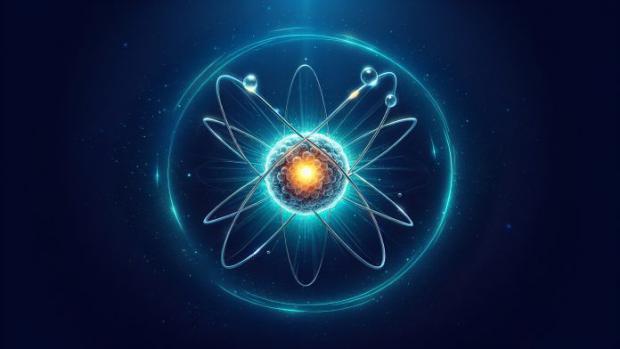
Breaking News
 Steve Witkoff says they are close to finishing "a prosperity agreement" for Ukraine,...
Steve Witkoff says they are close to finishing "a prosperity agreement" for Ukraine,...
 NOW - Starmer says a declaration of intent has been signed...
NOW - Starmer says a declaration of intent has been signed...
 Remarks at the New Jersey Bankers Association, Jersey City, New Jersey
Remarks at the New Jersey Bankers Association, Jersey City, New Jersey
Top Tech News
 The First Production All-Solid-State Battery Is Here, And It Promises 5-Minute Charging
The First Production All-Solid-State Battery Is Here, And It Promises 5-Minute Charging
 See inside the tech-topia cities billionaires are betting big on developing...
See inside the tech-topia cities billionaires are betting big on developing...
 Storage doesn't get much cheaper than this
Storage doesn't get much cheaper than this
 Laser weapons go mobile on US Army small vehicles
Laser weapons go mobile on US Army small vehicles
 EngineAI T800: Born to Disrupt! #EngineAI #robotics #newtechnology #newproduct
EngineAI T800: Born to Disrupt! #EngineAI #robotics #newtechnology #newproduct
 This Silicon Anode Breakthrough Could Mark A Turning Point For EV Batteries [Update]
This Silicon Anode Breakthrough Could Mark A Turning Point For EV Batteries [Update]
 Travel gadget promises to dry and iron your clothes – totally hands-free
Travel gadget promises to dry and iron your clothes – totally hands-free
 Perfect Aircrete, Kitchen Ingredients.
Perfect Aircrete, Kitchen Ingredients.
 Futuristic pixel-raising display lets you feel what's onscreen
Futuristic pixel-raising display lets you feel what's onscreen
 Cutting-Edge Facility Generates Pure Water and Hydrogen Fuel from Seawater for Mere Pennies
Cutting-Edge Facility Generates Pure Water and Hydrogen Fuel from Seawater for Mere Pennies
Spinning fusion fuel for efficiency and Burn Tritium Ten Times More Efficiently

A different mix of fuels with enhanced properties could overcome some of the major barriers to making fusion a more practical energy source.
The proposed approach would still use deuterium and tritium, which are generally accepted as the most promising pair of fuels for fusion energy production. However, the quantum properties of the fuel would be adjusted for peak efficiency using an existing process known as spin polarization. In addition to spin polarizing half the fuels, the percentage of deuterium would be increased from the usual amount of roughly 60% or more.
Models created by scientists at the U.S. Department of Energy's (DOE) Princeton Plasma Physics Laboratory (PPPL) showed the approach allowed tritium to burn more efficiently without sacrificing fusion power. This could dramatically reduce the amount of tritium needed to start up and maintain fusion reactions, leading to more compact and affordable fusion systems.
The approach could burn tritium as much as 10 times more efficiently. The research also underscores PPPL's role at the forefront of fusion innovation, particularly when it involves a system such as the one studied in Parisi's research, where gasses are superheated to create a plasma(Link is external) confined by magnetic fields into a shape similar to a cored apple.

 Karl Hess Toward Liberty
Karl Hess Toward Liberty

